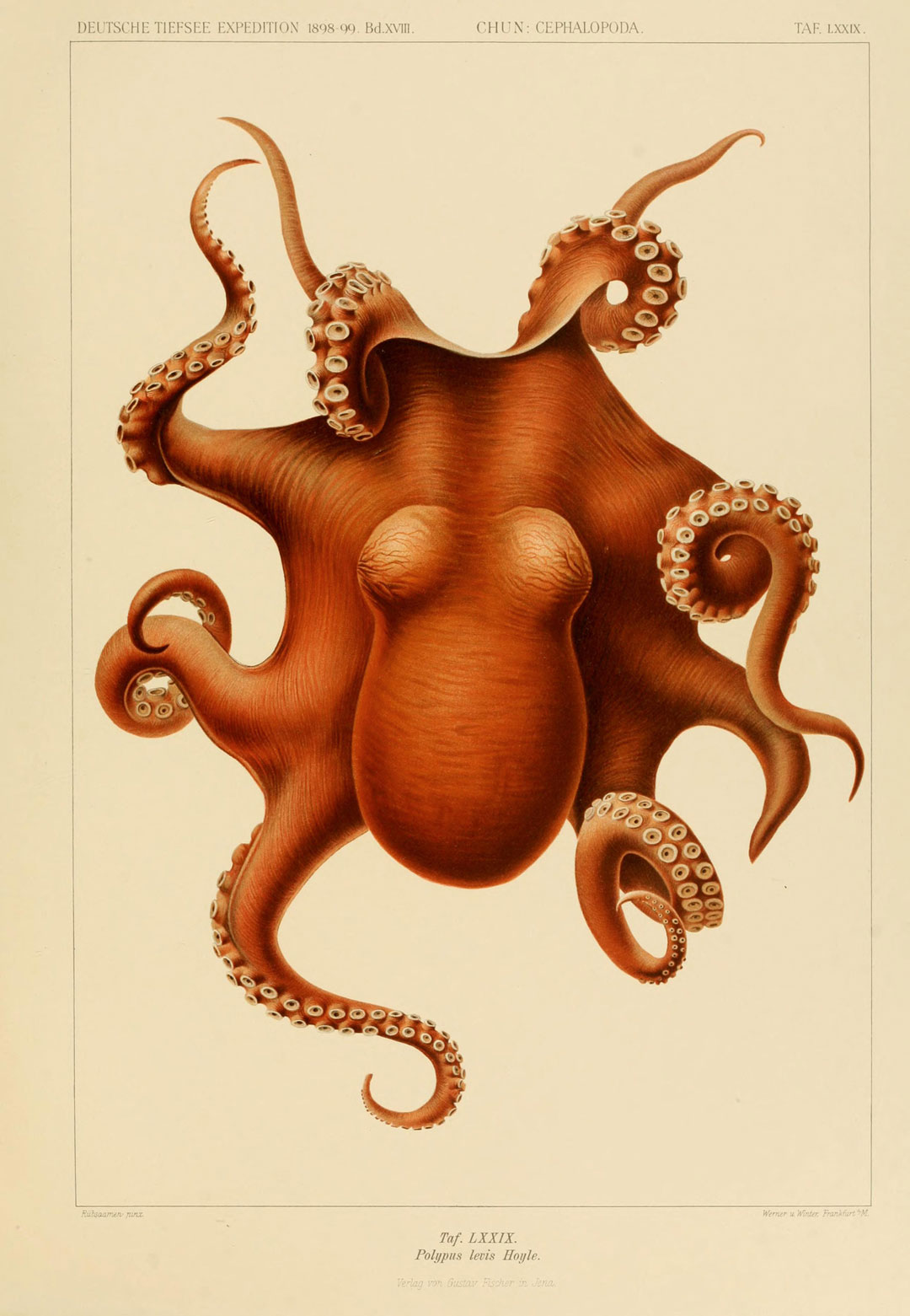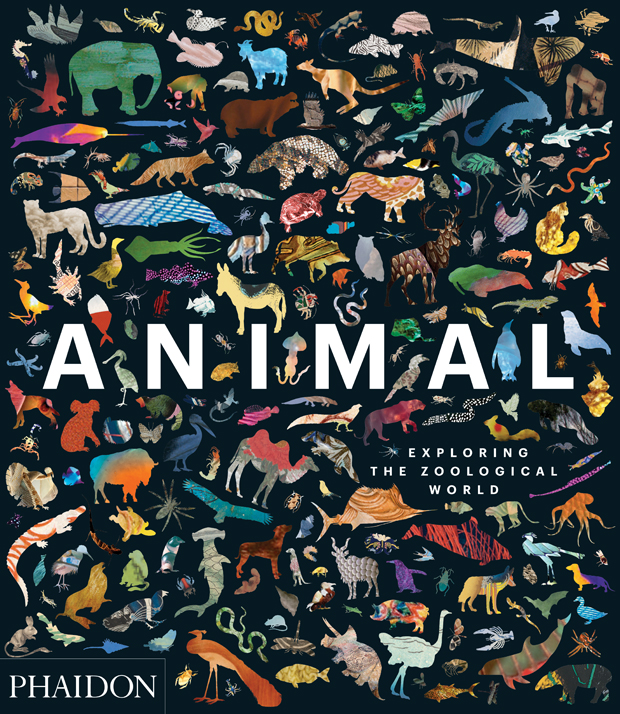
Astonishing Animals – the Octopus
Once a source of myth and legend, this underwater animal is far like us than we initially imagined
We know an awful lot more about octopuses today than the German marine biologist Carl Chun knew when he first documented this specimen in the early 20th century. Once a beast of myth and folklore, which may have inspired both the myth of the Kraken and the Gorgon, we have since discovered this ocean-dwelling animal to be far more intelligent than we first imagined; it even responds to pharmacological stimuli in ways similar to humans. A recent study from John Hopkins University found that octopuses become more social after being exposed to the drug MDMA (better known as ecstasy).
Chun knew nothing of this, of course, when he pulled this beast from the depths of the southern Indian Ocean. He was only aware that a rival European nation had documented the animal, and had convinced his own country to fund an similar expedition.
“This dramatic illustration of an octopus (Muusoctopus, formerly Polypus, levis) was drawn from a specimen collected in the waters near the Kerguelen Islands in the extreme south of the Indian Ocean,” explains our book, Animal: Exploring the Zoological World. “This species was first described in 1885 on the British oceanographic research expedition undertaken by HMS Challenger from 1872 to 1876; it inhabits subantarctic waters down to about 400 metres (1,300 feet) and is a predator of brittle stars.
“The Challenger expedition inspired the German marine biologist Carl Chun (1852–1914), professor of zoology at Leipzig, to persuade the German government to fund an expedition of its own with the aim of studying the marine life and geology of the deep ocean. This expedition duly set out on 1 August 1898 from Hamburg on the steamer Valdivia with Chun as the overall leader and a distinguished scientific staff, returning to Hamburg the following year. After confirming the position of Bouvet Island deep in the South Atlantic, the expedition made detailed studies of the subantarctic seas and gathered a large collection of botanical and zoological specimens for detailed scientific research. Chun was an expert on cephalopod molluscs – octopuses, squids and their relatives – and he included an account of this group in the results of the expedition, published from 1910.”

You can see Chun's image, alongside more than 300 other ways we have documented the animals around us throughout time by ordering a copy of Animal: Exploring the Zoological World here. Check out our previous stories from the book on Sir Edwin Landseer's Monarch of the Glen, Underwater photographer Alexander Semenov's Lion's Mane Jellyfish, Cai Guo-Qing's Heritage, Jill Greenberg's Diana Monkey Nick Veasey's Fruit Bat, The Sweat Bee and The Steppe Bison.